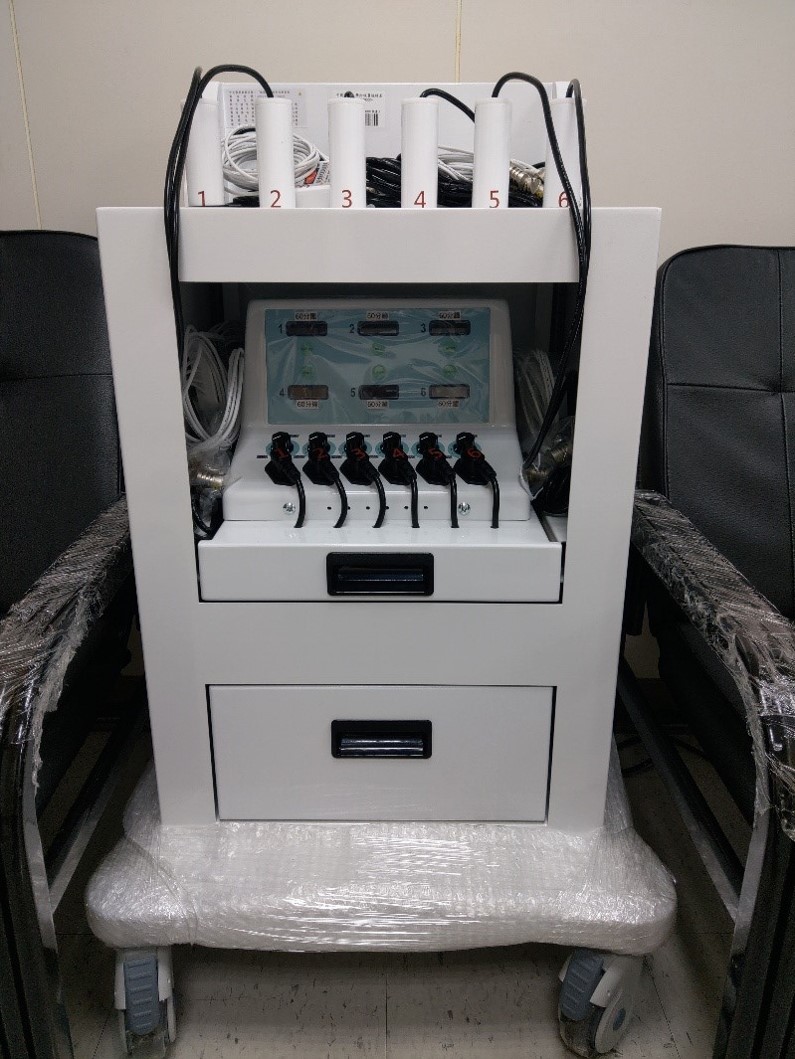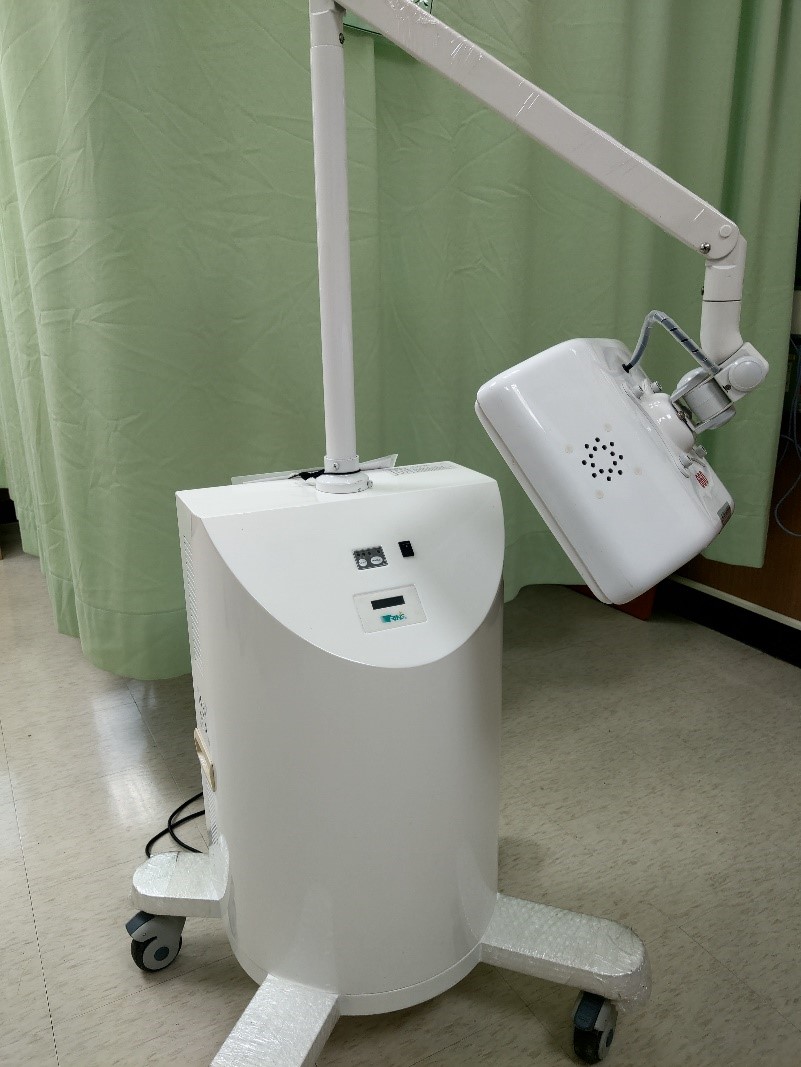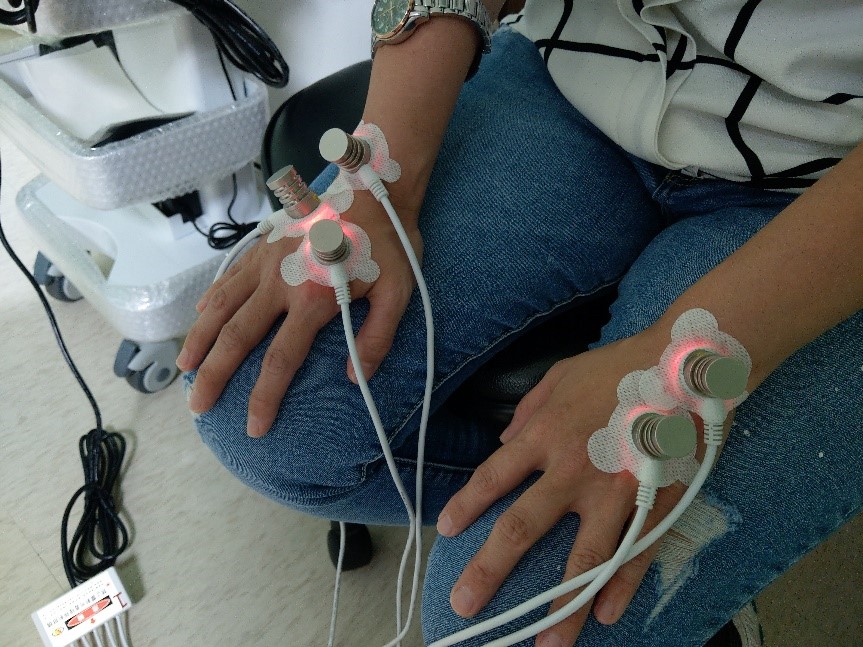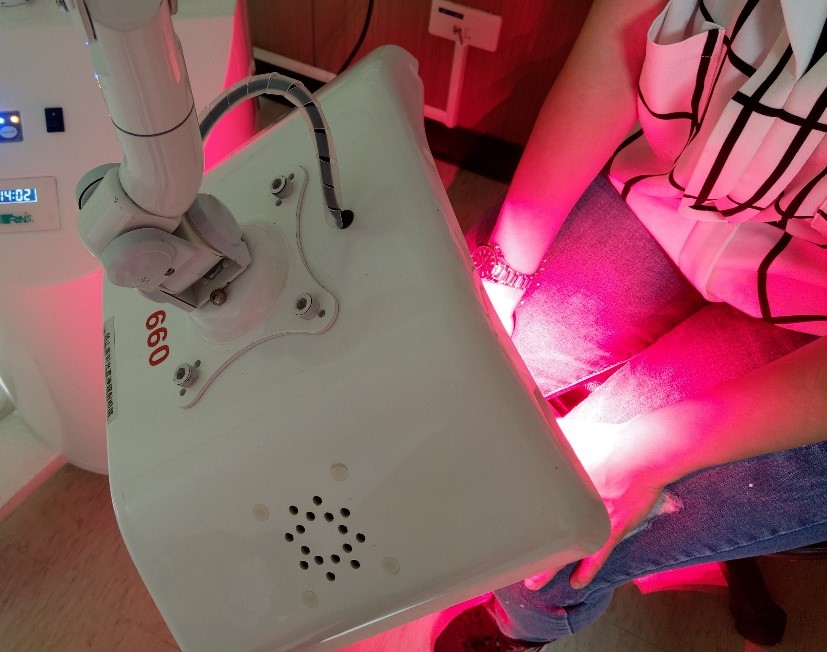Intravenous Laser Irradiation of Blood (ILIB), formerly known as the low-intensity laser therapy or helium-neon laser therapy, is an invasive vascular irradiation therapy through vein detained needle, with risk of pain and infection during the therapy process. The intravascular laser radiation today uses low-intensity red laser light with wavelength of 632.8mm for radiation on the skin to accomplish the vascular purification therapy with the same effect, which is also known as On-venous Laser Irradiation of Blood (OLIB). This method not only substantially reduces the risk of infection during therapy but also relieves discomfort and improves the effectiveness. OLIB accounts for a special position in the fields of preventive medicine and functional improvement.


Light Revolution of Blood
In general, blood can circulate in the body 6~7 times an hour and the laser light can promote systematic circulation after therapy. Moreover, the deformability of red cells are enhanced to increase oxygen saturation, thereby allowing the red cells to access tiny blood vessels and to prevent infarction. Laser light also activates the cells to repair the wounded areas. Additionally, laser light can make improvement on the upgrade of immunity and sleep problems to certain extent. Apart from disease therapy, laser light provides substantial improvement on the optimization of long-term maintenance and physique adjustment.
Treatment


Fix the patch on surficial veins, usually on the back of hand or back of foot, in addition to choosing the position of thicker veins or the convergence of veins. The leading of wound treatment adopts non-contact radiation on the wound.
Persons receiving the therapy for the first time are recommended to receive three sessions in a row. Each session consists of 10 therapies, once a day and each therapy lasts for 60 minutes. Moreover, there should be an interval of 7~14 days between each session. After undergoing three sessions, the person can change the session into 1 therapy in every 2~3 days, and complete one session in one month.
In general, patients with more severe physical conditions are recommended to take at least 6 sessions a year, or those with minor symptoms or chronic disease may take 4~6 sessions a year. For long-term maintenance and adjustment of physiques, the patients may receive a therapy in every 3~6 months.
Due to the variation in the physical condition, age and other factors of each individual, the amount of laser and time will vary accordingly. However, the patient will perceive physical improvement after 1~2 sessions in general.
Indication and Prohibition
On-venous Laser Irradiation of Blood can be applied to many symptoms, including the following categories in general:
| Circulation and Oxygen Saturation | Stroke, sleep disorder, neurological disorders and dysautonomia, vascular sclerosis, Varicose veins, cramps…etc. |
| Immunity and Resistance | Preventive medicine, various inflammations, cold, asthma, allergy, pain improvement, cancer adjuvant therapy…etc. |
| Beauty and Antioxidant | Cell activation, wound repair, boosting blood cell activity, hair growth, skin improvement…etc. |
To avoid severe side effects during the therapy, some conditions must be excluded: For example, women in pregnancy, and persons with dysfunction of blood coagulation, sensitive to phototherapy, thyroid disorders, medical history of epilepsy, acute inflammation fever, and the installation of cardiac pacemaker, are all unsuited for the therapy or require further assessment.
Precautions
- Warm skin or dry mouth is normal phenomenon during and after therapy. There is no need to panic.
- No fasting before the therapy.
- Drink at least 500c.c. of water in half an hour after the therapy to help with circulation and metabolism.

